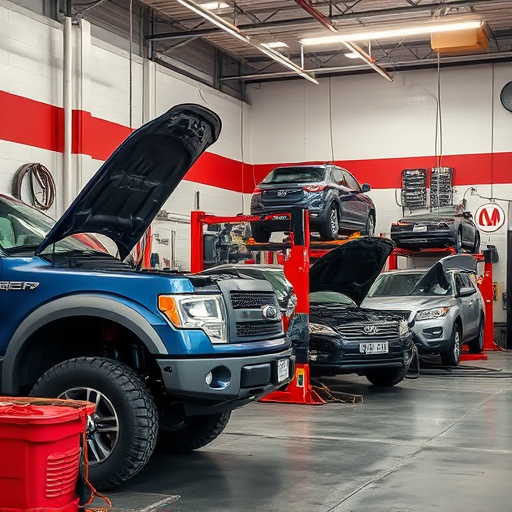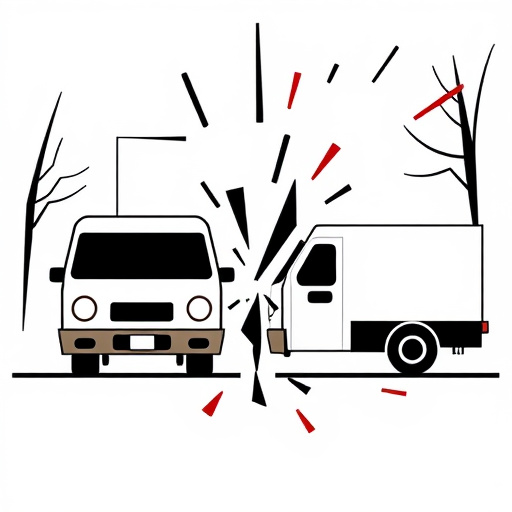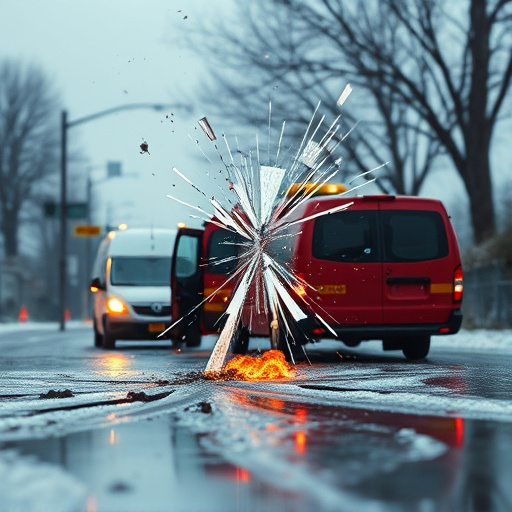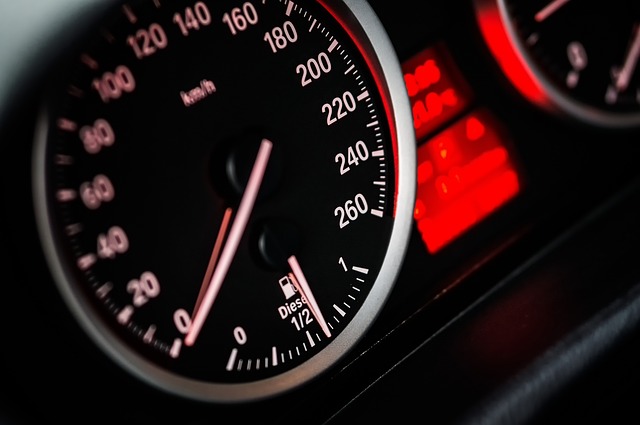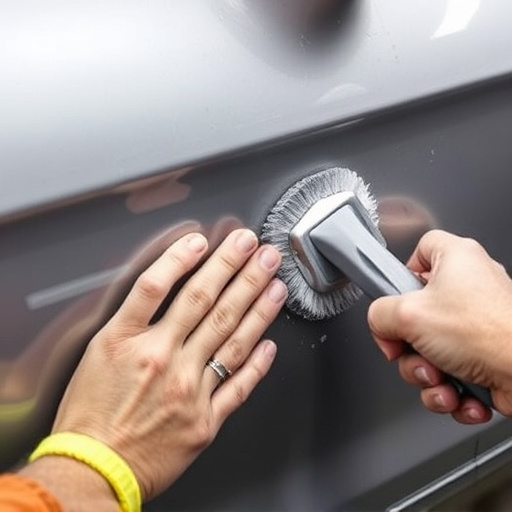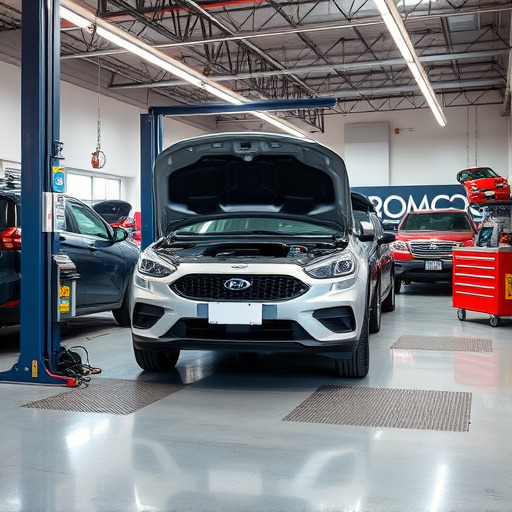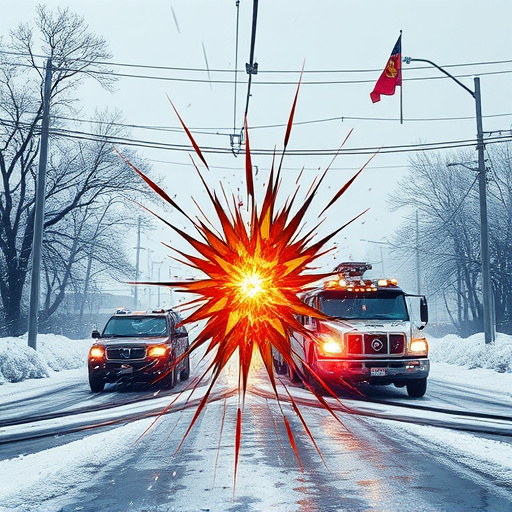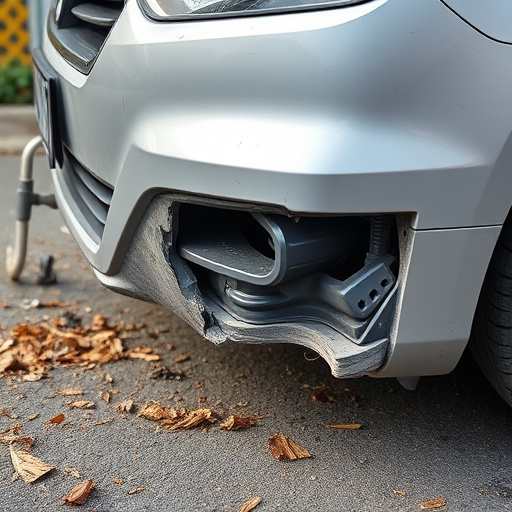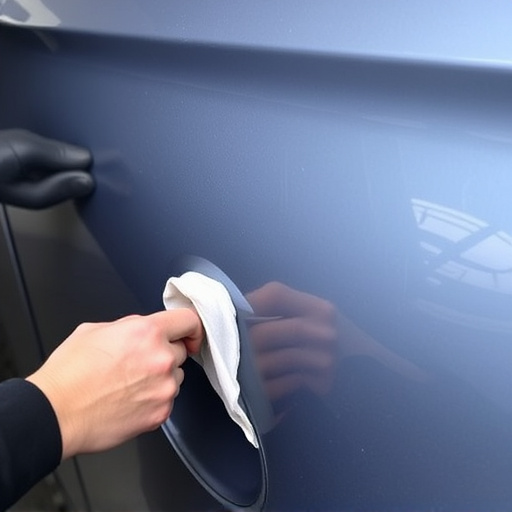Assessing and repairing fallen tree damage requires specialized equipment and expertise due to hidden hazards, varied debris types, and structural complexity. Skilled professionals are crucial for safe removal of branches, trunks, roots, and leaves, ensuring long-term building stability and safety beyond immediate repairs. Fallen tree damage repair involves intricate load-bearing assessments and reinforced framing to restore structures to pre-incident condition.
Fallen tree damage repair has become increasingly complex in today’s world, presenting unique challenges that demand expert attention. Assessment of damaged areas often uncovers hidden hazards, from sharp debris to unstable structures, complicating safe cleanup. Navigating diverse tree debris requires specialized equipment and knowledge. Restoring structural integrity is paramount to ensure safe spaces for both property owners and emergency responders. This article delves into these key aspects, offering insights into the multifaceted complexities of fallen tree damage repair.
- Assessment Challenges: Uncovering Hidden Hazards
- Diverse Tree Debris: Navigating Unique Cleanup
- Structural Integrity: Restoring Safe Spaces
Assessment Challenges: Uncovering Hidden Hazards
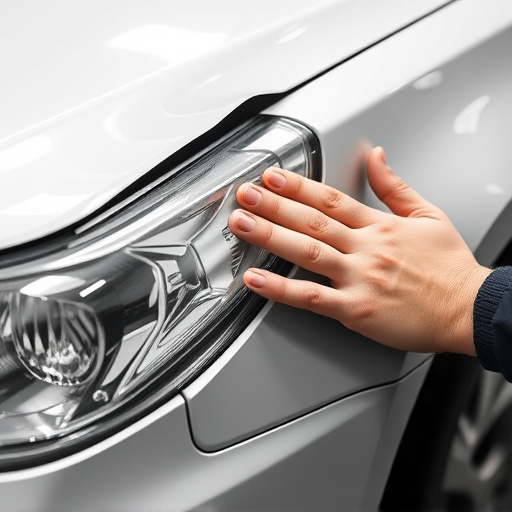
Assessing fallen tree damage to properties can be a complex task due to several inherent challenges. One of the primary difficulties is identifying hidden hazards beneath the surface, which often requires specialized equipment and expertise. Trees that have fallen on structures may have roots embedded in walls or roofs, causing structural instability without visible signs. Additionally, the weight of the tree can compress or distort building components, leading to subtle yet significant damage that might be overlooked during a quick inspection.
These challenges are further exacerbated when addressing damaged vehicles from fallen trees, such as cars and trucks. The impact can cause not only external dents and scratches but also internal issues with the vehicle’s frame and suspension systems. Similar to mercedes benz repair or general car bodywork, meticulous attention is required to ensure that every aspect of the vehicle is thoroughly assessed and properly repaired. Hidden dents or misaligned panels can compromise the safety and performance of the vehicle, underscoring the need for comprehensive inspections by trained professionals in fallen tree damage repair.
Diverse Tree Debris: Navigating Unique Cleanup
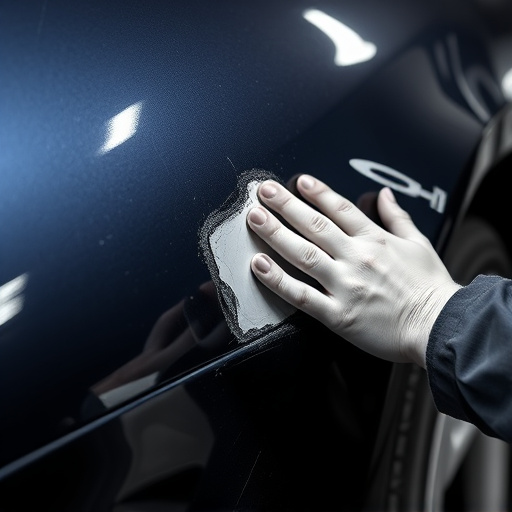
The cleanup process after a fallen tree causes damage can be complex due to the diverse nature of tree debris. Unlike common collisions that result in easily identifiable and uniformed debris like cracked windshields or bent metal, tree fall damage presents a unique challenge. Branches, trunks, roots, and even leaves can all become entangled, making it difficult to assess and prioritize repair needs.
Each type of debris requires careful handling and specific techniques for safe removal. For instance, large branches might need cutting and chopping, while smaller twigs and leaves can be swept away. The presence of tree roots, especially in close proximity to structures or vehicles, demands specialized equipment and knowledge to extract without causing further damage. This intricate process is a key aspect of fallen tree damage repair, necessitating skilled professionals who understand the challenges posed by diverse tree debris, much like how collision repair experts handle unique automotive repair situations.
Structural Integrity: Restoring Safe Spaces

When a fallen tree causes damage to structures, it poses significant challenges beyond the initial impact. Repairing this type of fallen tree damage requires specialized knowledge and equipment to ensure structural integrity and safety. Restoring damaged buildings or homes after such an event is not merely about fixing visible scars; it involves meticulously assessing and reinforcing hidden components to prevent further hazards.
The complexity arises from the need to address both immediate concerns, like securing the site to avoid more damage, and long-term stability. Techniques for fallen tree damage repair go beyond car collision repair or even car dent removal. It entails structural assessments, load-bearing repairs, and sometimes reinforced framing to mimic the original integrity. Just as car paint repair focuses on restoring the exterior finish, fallen tree damage repair aims to bring structures back to their pre-incident condition, ensuring they remain safe havens for occupants.
Fallen tree damage repair is a complex task due to assessment challenges, diverse tree debris, and concerns over structural integrity. Navigating these issues requires expertise and specialized equipment to ensure safety and restore spaces to their pre-incident condition. In today’s world, where natural disasters are on the rise, understanding these complexities is vital for effective fallen tree damage repair.
